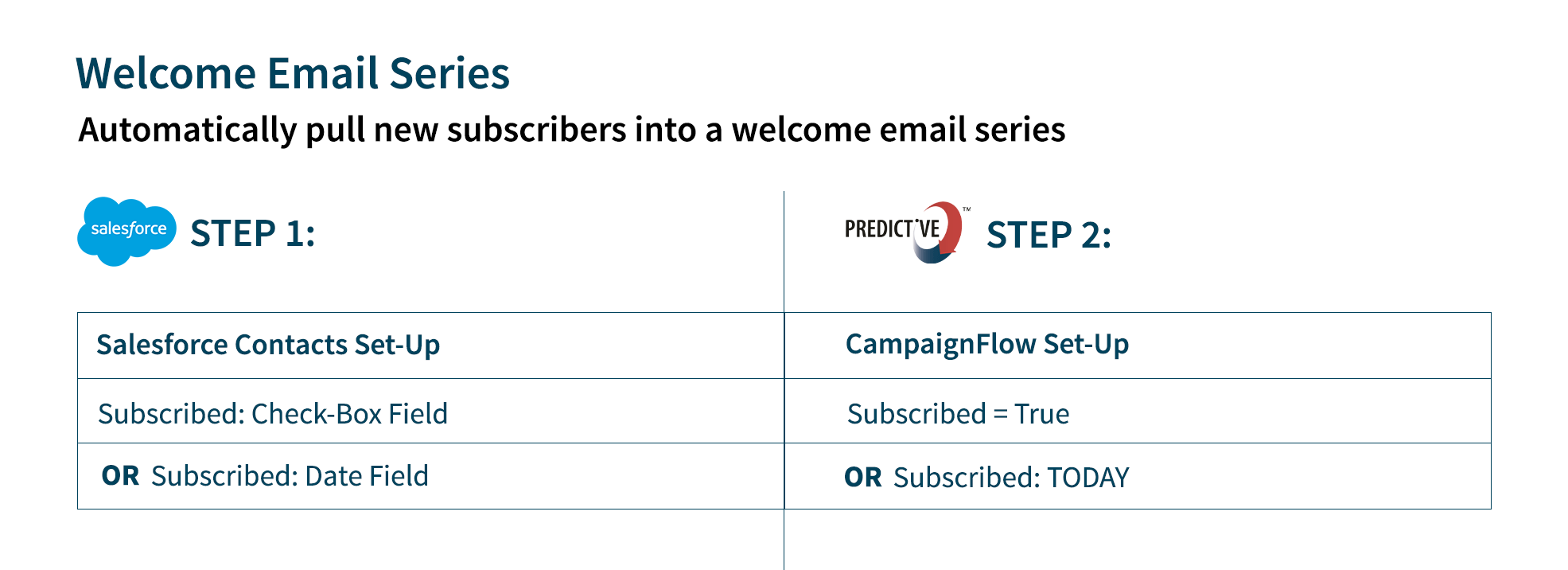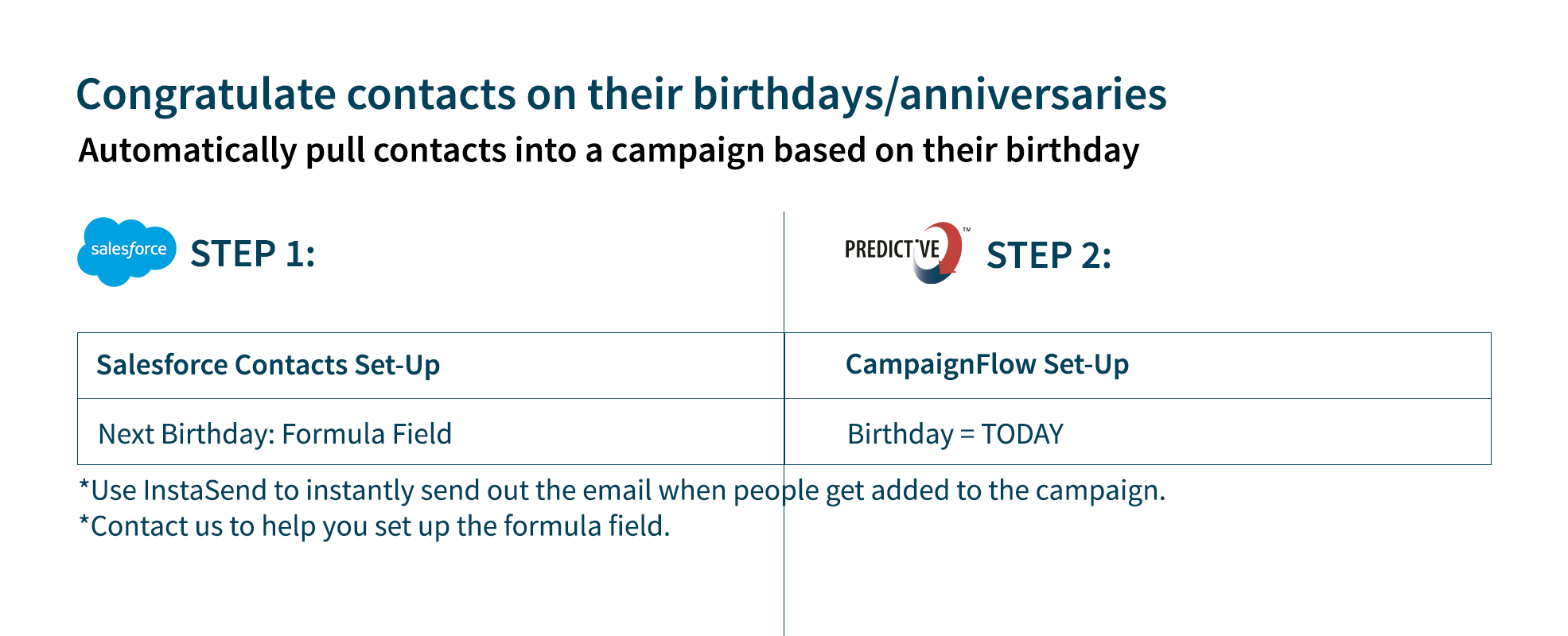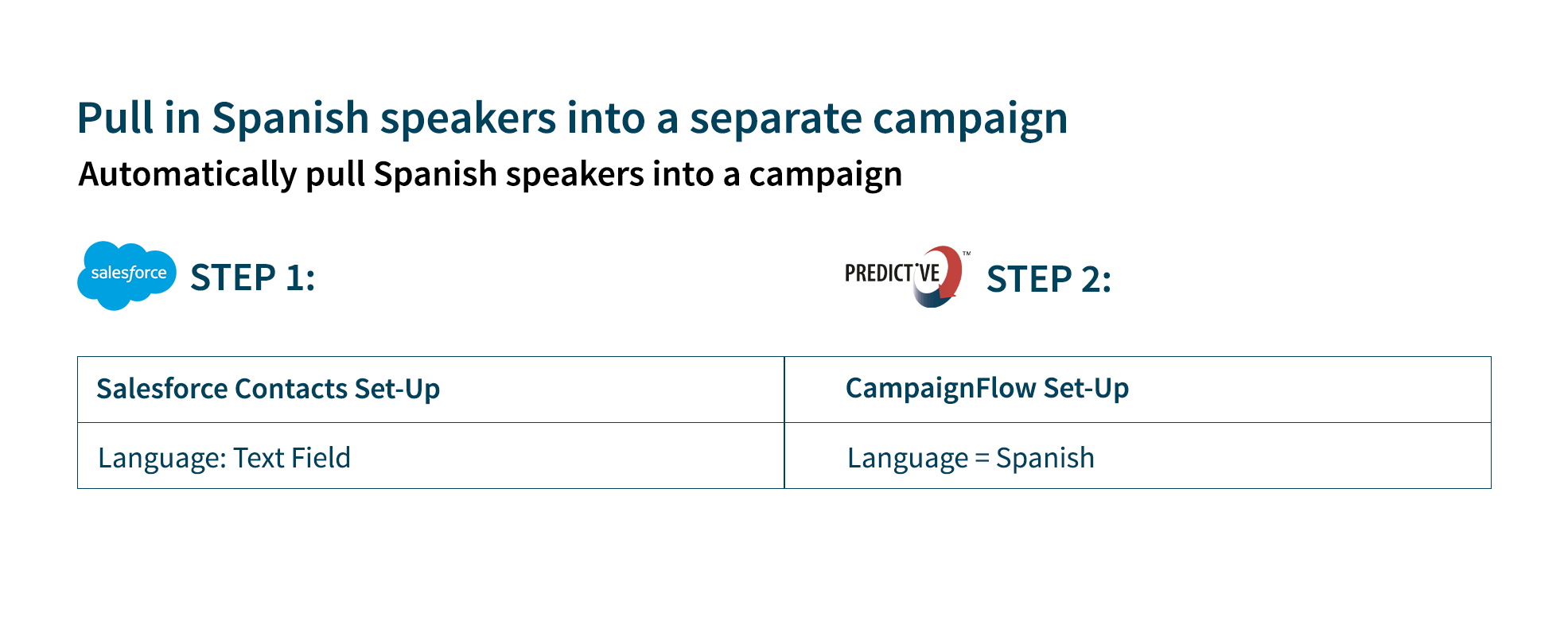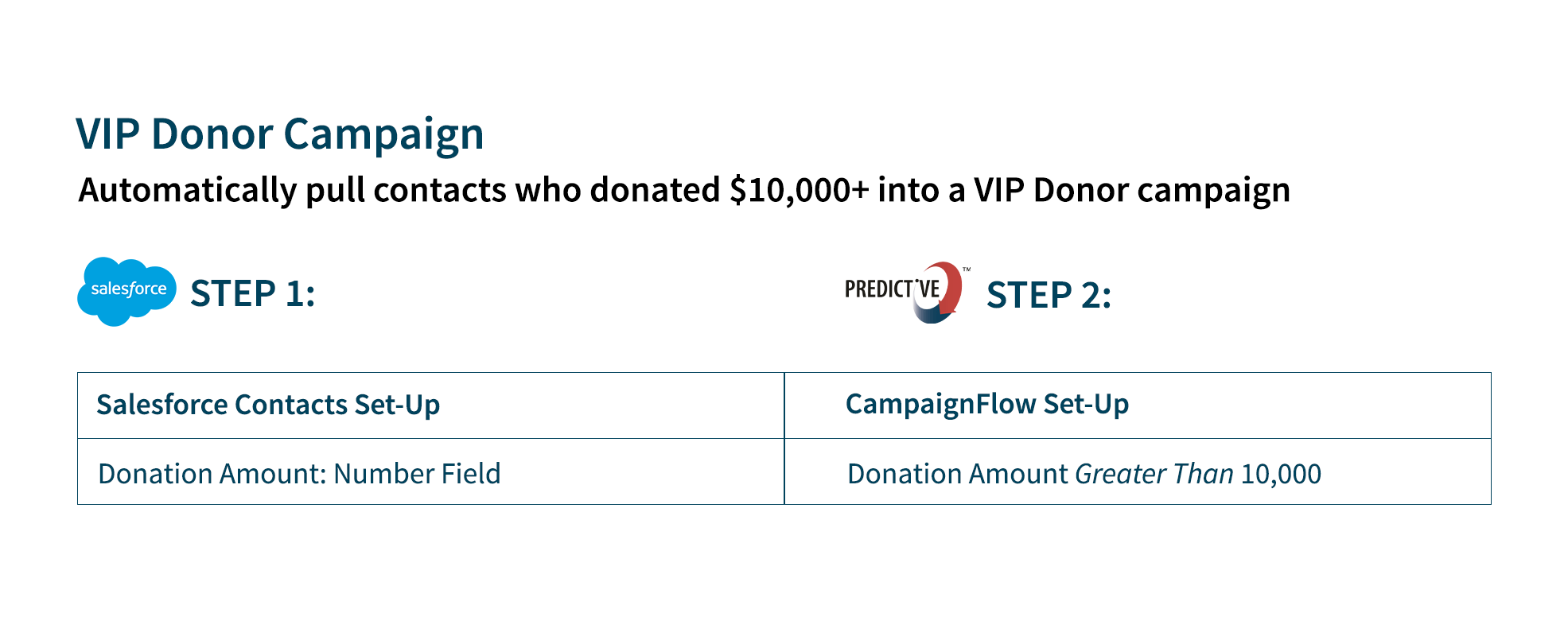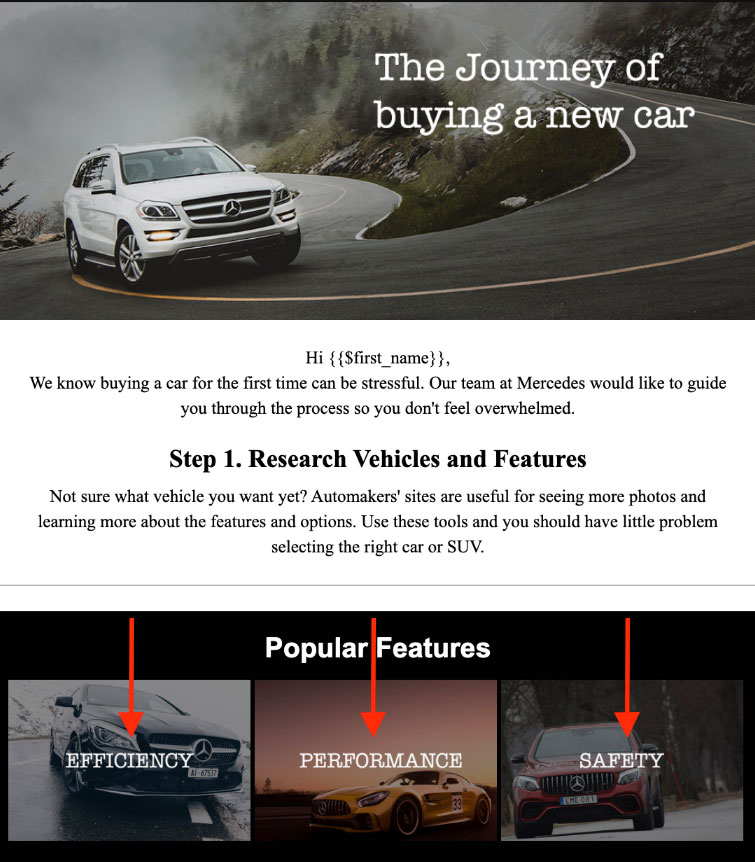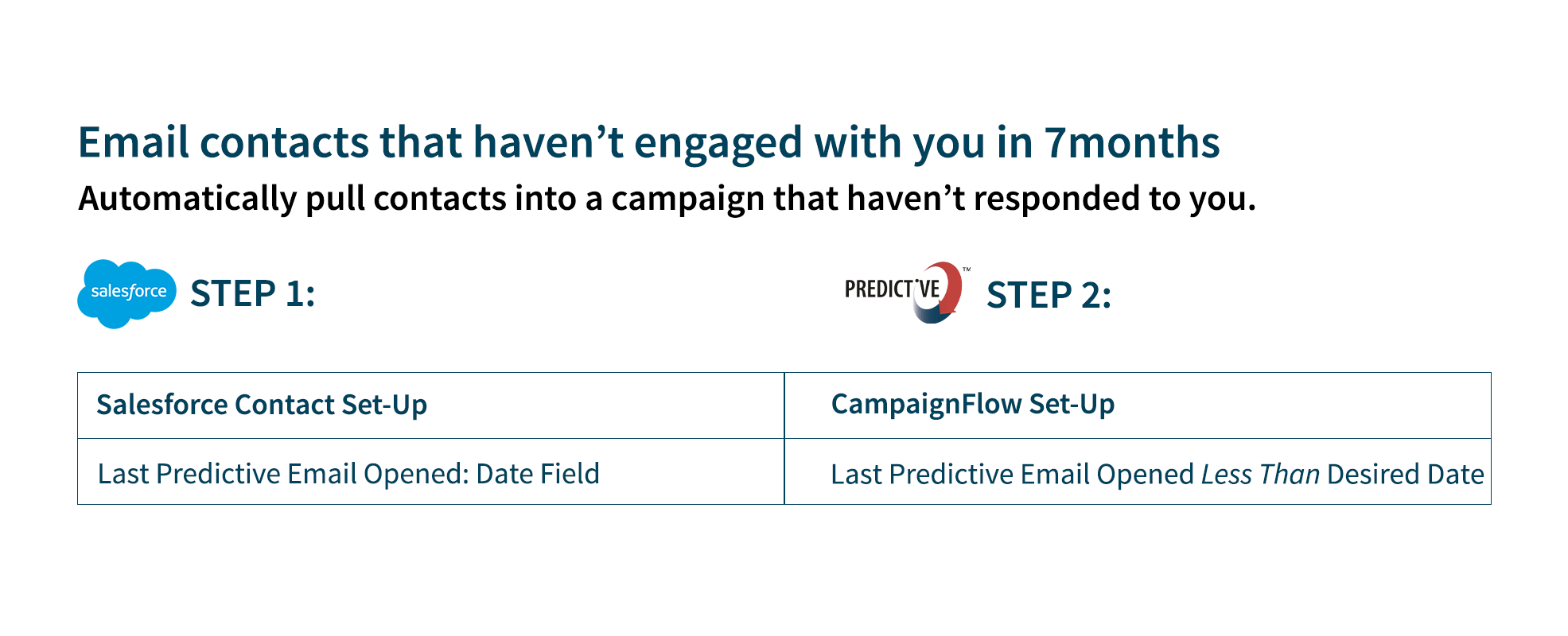This article will review email segmentation ideas based on CRM data and recipients’ behavior.
Email marketing is an integral part of digital campaigns: it is affordable and it helps you to target an already engaged audience. The stats are also pretty impressive; businesses that use email marketing report a 38x ROI for every dollar they invest in it.
So why do some email marketing campaigns fail? Lack of segmentation! The data you have in your CRM is general, and email segmentation helps you to divide your subscribers into small groups based on demographics, similar traits, or behaviors.
Ensure that all your leads are segmented before launching any email marketing campaign This helps you deliver highly targeted and personalized content to your leads,which, in turn, can increase your conversion rate.
The more information you collect on the contacts in your CRM, the more you can personalize your email campaign segmentation..
Segmentation Ideas Based On Data
General Data
1. New subscribers
Did you know that welcome emails have 4x open rate and a higher click-through rate on average compared to other types of marketing emails? Studies have also shown that more than 70% of your new subscribers expect a welcome email.
Create a welcome email series campaign for new subscribers. This is your chance to tell them more about your organization and to make a positive first impression. A welcome email series also connects new supporters to your mission; it welcomes them to the family.
Here are some tips for writing an effective welcome email:
-
Set expectations for the frequency, type, format, and length of the emails you’ll be sending
-
Break down your subscriptions into micro-commitments so that you don’t overwhelm the subscriber.
-
Lay out the benefits of subscribing to your emails
-
Pique the readers’ curiosity and interest with emotion-driven content
Welcome emails are a smart way to naturally boost subscriber engagement from the beginning..
How to set up a Welcome Email Series in Predictive Marketing:
2. Interests/Preferences
Send out campaigns based on your audience’s interests. People will be more interested in reading an email if they care about the content. What type of layout is likely to be more appealing to your audience? Do they prefer an image-intensive email or a wordy one? Adjust the text and images of your to reflect their interests.
Example campaign: if you have contacts who are interested in climate change, design the email with a heavy focus on the climate, or incorporate weather elements into the email content.
How to set up an email campaign based on interests in Predictive Marketing:
3. Anniversaries/Birthday
As people sign up for your email lists, they may give you their personal details, including their birthday. You can use this information to create an email campaign that will send an automated birthday greeting to each member of your list–to improve engagement even more, try including exclusive birthday offers in your email message.
Here’s how birthday emails rate against promotional emails.
-
Their transaction rate is higher by 481%
-
Their revenue generation is 32% more
-
They have a unique click rate of 179%
This is pretty impressive. If you don’t have birthday data for some of your contacts, you can run a campaign to collect the missing data. Sample subject lines could be “Psst! We’re Planning a surprise,” “We’d love to celebrate your birthday,” etc.
You could also send member anniversary emails where you congratulate your members on their milestones with your organization.
How to congratulate your contacts on their birthday in Predictive Marketing:
4. Location
Geographic segmentation helps you personalize your content based on location. Some ideas for location segmentation include:
-
Location-specific content. Use a location in your headlines or content to draw attention and offer a personalized experience.
-
Live event or webinar invitations. Adjust event timing based on audience location. Only invite people to events in their area.
-
Personalized travel directions. Customize directions to a store or even based on the reader’s geolocation.
How to pull contacts into a campaign based on location in Predictive Marketing:
5. Language
Collect the language preferences of your subscribers and send emails in their preferred
Language. This strategy is especially useful for multinational organizations with branches in different countries.
How to pull contacts into a campaign based on language preferences in Predictive Marketing:
Donor data
Acquiring donors is one of the biggest challenges most nonprofits face. It typically takes 15-18 touch points before a person donates for the first time. The next challenge is to engage the donor enough so that they turn into a returning donor. According to DonorPerfect, only 23% of first time donors will give the following year.
The biggest reasons why donors don’t give again is that they receive communication not personalized or relevant to them. That’s why collecting data on your donors and segmenting them into smaller targeted groups is essential.
Donor Segmentation Ideas:
-
First time donors vs. returning donors
-
Monthly vs. annual donors
-
VIP donors: Donors who give the most
-
Donation frequency
-
Donors who haven’t donated yet this year
-
Donation reason
-
Wealthy donors
6. VIP Donors:
VIP Donors are often the key to a nonprofit’s survival so it is vitally important to keep them engaged and to let them know how much you appreciate their support. Engagement strategies might include hand-crafted letters, invitations to special events, phone outreach and, definitely, personalized emails. All of these let the donor know how important their donations are to your organization’s mission.
How you can use Predictive Marketing to target automated outreach to VIP donors:
7. Non 2020 Donors
Create a special email campaign for those who haven’t yet donated in 2020. A good way to inspire your donors to give again is through stories. Tell them how their past contribution has helped the community.
How to set up a Non-2020 Donors campaign in Predictive Marketing:
8. Returning Donors
Returning donors are more likely to donate to you again.
How to set up a returning donors campaign in Predictive Marketing:
Membership data:
Members joined your organization for a reason. They want to learn more about you and be informed about your work. Members are willing to provide you additional information because they want to see you succeed. Collect as much information as you can about your members so that you can send them personalized information that will inspire them to continue renewing their memberships..
Here are a couple of membership segmentation options:
9. Membership level:
- Send members into different campaigns based on their membership level. If they are platinum level members, you may want to send a different email than you send to your basic level members. .
How to set up membership level segmentation in Predictive Marketing:
9. Membership Renewal
Automatically send renewal reminders before each member’s membership expires. This will automate your renewal process and help your organization to increase your membership renewals each year.
Read how Idaho Conservation League successfully set up a membership renewal campaign.
How you can set up an automatic renewal campaign in Predictive Marketing:
Events/Webinars Data
11. Registered vs. Attended
Knowing who registered vs. attended your event is crucial. Re-engage those who did not attend by inviting them to register for a similar upcoming event, or by sending them a brief summary of what they missed..
Send a thank you note to those who did attend your event, and follow up with them on information that was presented at the event. .
How to set up a campaign to past attendees in Predictive Marketing:
12. Length of stay in a webinar
You can segment your webinar attendees by how long they stayed on the call. Those who stay for the entire presentation might get a special bonus download, whereas those who drop off early might receive a survey about why they had to go, or what caused them to lose interest.
How you can set up a campaign based on how long they stayed in a webinar in Predictive Marketing:
Other segmentation ideas based on data:
|
Active Members + Donation Amount |
Level of Education |
|
Customers + products purchased |
Stage in Sales Funnel |
|
Job Title |
Survey Results |
|
Gender |
Volunteer Activities |
|
Age |
Income |
|
Industry |
|
|
|
|
Segmentation based on behavior
Actions speak louder than words. Instead of using data to segment your audience you can use their behavior. Nothing is more important for you than how your (potential) customers are behaving.
When you don’t know what your customers are doing—what pages they’re visiting, what content they’re opting into, or even what time zone they’re in—you’re missing out on chances to get to know them and market to them more effectively.
Use their behavior to improve the follow up experience.
Here are a few examples:
13. Open Email
It takes time for a reader to warm up to you. They subscribed to your emails and want to hear from you, but they might not be ready to join or make a donation.. If a contact has been opening your messages, you can keep them engaged by sending updates about your organization, tips, or invitations to events.
You can automatically segment follow up emails based on a recipient’s action using behavioral segmentation.. For example, create a campaign where contacts who opened your initial message will receive email A, but contacts who clicked will receive email B.
You can do behavioral email segmentation in Predictive Marketing by setting up an Adaptive campaign. Please contact your Predictive Account Manager if you need assistance.
13. Clicked in an email
Adding links to an email not only helps your readers to learn more about you, but it also helps you to learn more about them. Based on what specific link they clicked, you can add them to a specialized email drip campaign based on their interests.
Here is an example of an email targeted to individuals interested in buying a car:
There are three links: 1. Efficiency 2. Performance and 3. Safety. You can use automated branching to send a reader directly into a car performance drip campaign if they clicked on performance. This will help you send much more targeted and relevant information to your audience.
How to add people into an interest-based campaign in Predictive Marketing based on their email clicks:
Go to the Web Scoring section in the Predictive Dashboard and choose which campaign you want to add the contact to based on their clicks.
15. Abandoned Form
Leaving a form before completing it is a common internet practice, especially if the user is distracted by unexpected content. How does it feel when a visitor to your website starts filling a form on your website but abandons it halfway? Disheartening, right?
You should know that visitors abandon forms for various reasons, not necessarily because they didn’t have time or the ability to pay for your product or service. So how should you handle the situation?
Here are some tips:
-
Send a follow-up email, courteously reminding the visitor to complete the signup.
-
Chat with the visitor to address any stumbling blocks that might have caused the form abandonment.
-
If your form is selling a product or service, it helps to include a free trial button to let visitors have a taste of what’s in store for them.
How to email contacts who have abandoned their form in Predictive Marketing:
Go to your Web Scoring section in the Predictive Dashboard and choose which campaign you want to add the contact to based on their clicks.
16. Visited X Web Page
Predictive allows you to track every page on your site that your lead/contact has visited. This gives you valuable insight into their interests. Why not add them directly to a campaign that will give them additional information about the topic they just viewed on your web page?
Sending your audience more information about something you already know they are interested in is almost guaranteed to increase your open and click rates!
How to use Predictive Marketing to add your contacts automatically to a targeted campaign based on the web pages they visited:
17. Most Engaged Contacts
Track your contacts’ engagement level over time, and send them a promotion or donation reminder when they are most likely to respond.
18. Re-engagement campaign
There are two types of audience inactivity; contacts who open your emails but never click any of them, and contacts who haven’t opened your emails in a long time.
For the first group, you should aim to find out why they have not followed through with your calls to action (CTA).. If they usually open your emails but never click through, it could be that while they have an interest in your product or the information you’re sharing , your CTA is not strong enough to motivate clicks.
Tip: Craft the same type of content, but this time around, use a more persuasive and convincing CTA.
For the second group of inactive constituents, those subscribers who remain inactive for a long time, not opening any of your messages, you may want to send them targeted emails designed to establish whether they still consider your services and content valuable. If they don’t engage with these messages,, you should delist and put them into an email retention flow instead.
Tip: Come up with creative ways of re-engaging your inactive subscribers. You can re-attract their attention by asking them to read your blog, make a wish list, browse your website, etc.
Here is how you can set up a re-engagement campaign in Predictive Marketing (Coming out in January 2021):
19. Purchase History
Purchase history is an extension of interests and preferences, because it also gives you an idea of what your customers like, and provides you with evidence-based insight that can help you segment your next email to encourage more purchases.
The strategy here is pretty straightforward:
-
Look into your customers’ previous purchase trends and promote related products based on the data you already have.
-
Offer refills of previous purchases like perfume, shampoo, dog food, etc.
-
Offer discounts on new products related to previous purchases.
-
Note the approximate time a customer takes to reorder a previous purchase, then send polite reminders that they need to restock.
Here is how you can set up a campaign based on products purchased in Predictive Marketing:
20. Buyer Satisfaction Level
Gauging your customers’ satisfaction level is essential, especially for first-time buyers. You want to find out whether they are excited about shopping with you again, AND if they also likely to recommend your product to a friend or colleague.
The Net Promoter Score (NPS) is an excellent email segmentation tool that measures customer satisfaction.
Based on user engagement and NPS scores, you can identify the most loyal customers —those who are likely to promote your products, the passive customers who only purchase but are unlikely to refer others, and the detractors who are likely to give a negative review of your brand.
How you can send an email to your customers based on their NPS score:
Wrap Up
Email segmentation, whether based on data or behavior, is one of the most powerful tools for converting leads into sales. Thoughtfully designed, personalized segmentation creates a great connection with your subscribers, who feel more like stakeholders than outsiders. As a result, you’ll have greater returns on your marketing investment, which is the ultimate goal.
Are you in need of a platform that will help you create and send bulk, targeted emails to your subscribers? Predictive Response provides comprehensive segmentation by using your contacts’ data, allowing you to send meaningful and custom-made emails to your audience. Book a demo today to see how it works.


